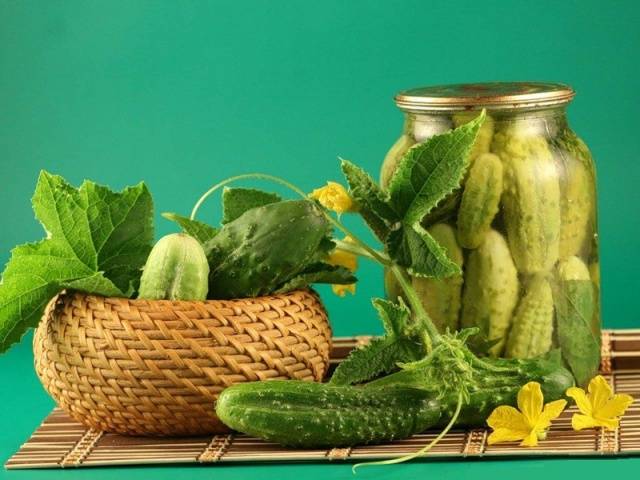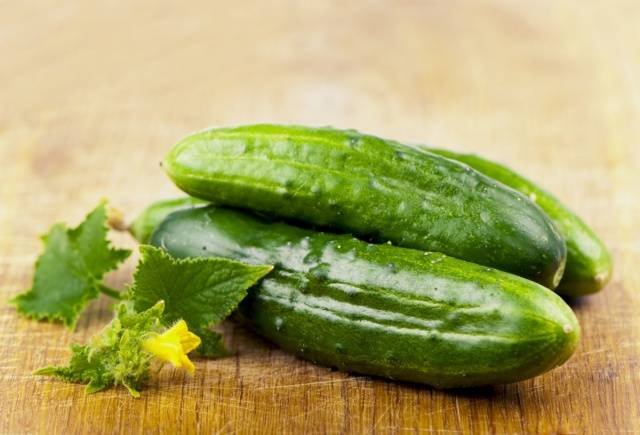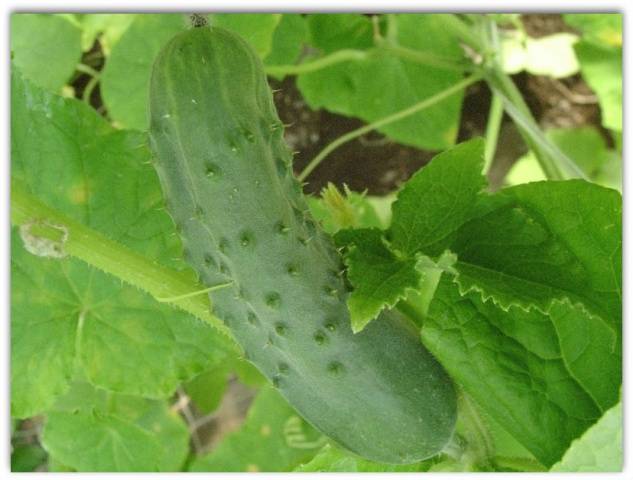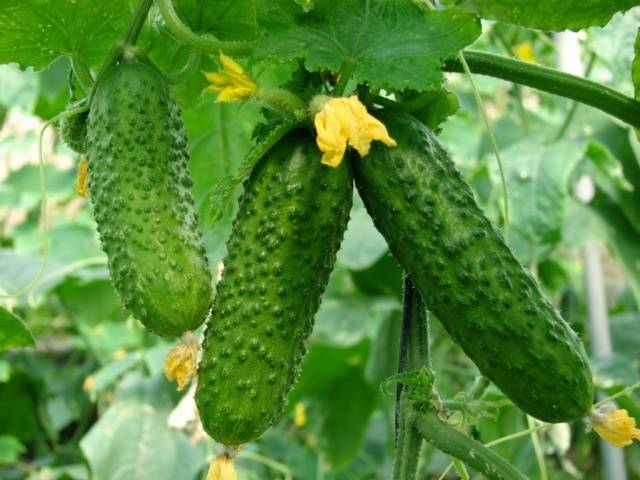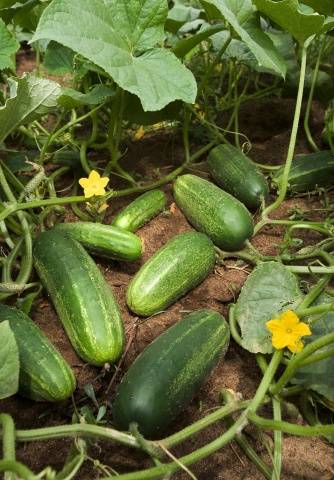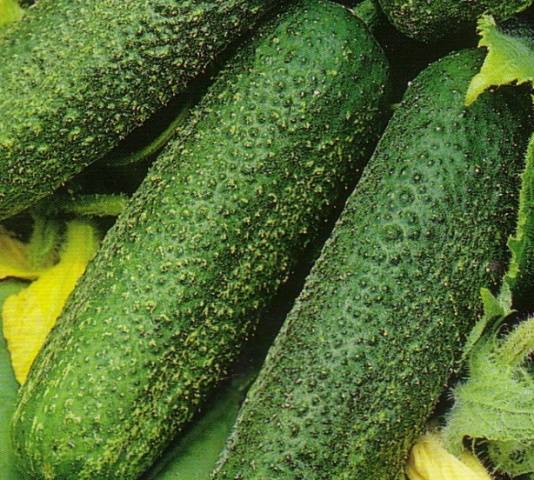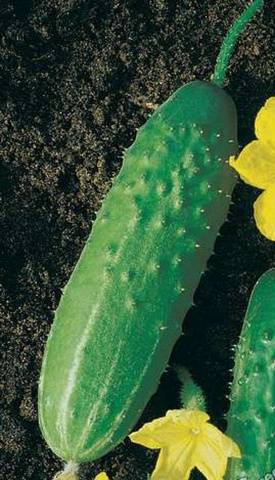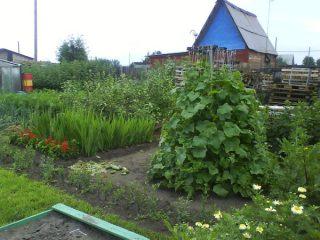Content
You can harvest fresh vegetables from your plot even in late autumn. For this, some gardeners plant late varieties of cucumbers. Basically, their fruits are used for harvesting for the winter. They are also consumed fresh.
Late varieties are resistant to temperature extremes and diseases. Self-pollinated varieties can be grown in greenhouses.
Key differences between late varieties
While the cucumbers are not yet ripe, the root system continues to develop in the bush. When the first flowers appear, its development slows down, and all nutrients go to the development of the ground part of the plant.
In early varieties, the ripening period can be a little over a month. Then the development of the root system ends. The bush can bear fruit abundantly, but only for a short period of time. After a few weeks, yellow leaves appear. Even with the use of nitrogen fertilizing, the fruiting period is only slightly extended.
Late varieties have a different picture of the development of the root system. In 45-50 days, it grows twice as large. Although cucumbers appear later, in general fruiting lasts longer and more abundantly.
Thus, late varieties have the following differences:
- yield later;
- the fruiting period lasts longer;
- firm fruits with dense skin;
- cucumbers are ideal for pickling.
Late cucumbers are resistant to temperature fluctuations and bear fruit well until autumn, even in not the most favorable conditions. They can be planted both in the open field and in the greenhouse where they are placed self-pollinated plants. The fruits are mainly used for harvesting for the winter.
Some of the varieties of late varieties
As the name implies, late varieties begin to bear fruit later than others. If such seeds are planted in the garden, fresh fruits can be removed until frost. Self-pollinated varieties can be planted in a greenhouse.
Several late varieties are listed below.
"Winner"
These cucumbers are perfect for pickling. The variety is resistant to fungal infections and drought, fruiting continues until frost.
This variety is distinguished by elongated whips and high yields. The fruits are yellow-green in color, the skin is covered with large tubercles. The shape is cylindrical.
"Phoenix"
High yield, fruiting period lasts until frost. The fruits themselves are up to 16 cm long, weigh about 220 g, the skin is covered with large tubercles.
One of the later varieties, the first fruits appear in 64 days, after the seeds sprout. The plant is bee-pollinated, branched, flowering is mainly female. Cucumbers have a pleasant taste without bitterness, crunchy, suitable both for direct consumption and for preparation. It tolerates heat well, the yield does not fall. Resists downy mildew and other diseases.
"Solar"
From the moment the seeds are sown to the beginning of fruiting, this variety takes about 47-50 days, it belongs to the mid-season. Disease resistant, bee pollinated, bountiful harvest.
Scourges are of medium length, lateral branches are long. Flowers of both types are present. The fruits are oblong, covered with light green veins, slightly spotty, with large and sparse tubercles. Cucumbers up to 12 cm long, weighing 138 g.
"Nezhinsky"
This variety is suitable for planting outdoors and under film cover.
Bee pollinated, resistant to a number of diseases, including powdery mildew. A bush with elongated whips, flowering is mostly female. The fruits are ideal for harvesting, have a pleasant taste without a bitter note. The size of a cucumber is on average 10-11 cm, weight up to 100 g.
"Chinese climbing"
Fruiting in this variety begins 55-70 days after the seeds sprout. Designed for planting outdoors, bee-pollinated, combined flowering. Scourges are long, branches are of medium length. The plant resists downy mildew, low temperatures. The variety has a constant yield, perfect for harvesting. Fruits are oblong, size 10-12 cm, weight a little over 100 g.
There are many varieties of cucumbers with a long fruiting period. Moreover, late varieties are less popular than early self-pollinated ones. To make a choice in a seed store, you should carefully read the information on the back of the bag.
What does the "F1" mark mean?
Some packages are marked "F1". She points out that these seeds are hybrid, that is, they are bred as a result of crossing varieties.
As a rule, such seeds (self-pollinated or bee-pollinated) are more expensive. The difference in price is explained by the complexity of breeding work and the high quality of the obtained seed.
Several varieties of late hybrid varieties are listed below.
"Crunch F1"
This hybrid variety is suitable for open field or under film planting. It gives a bountiful harvest and bears fruit for a long time. Possesses excellent taste, is consumed fresh and used for preparations. These cucumbers have crunchy flesh without a bitter tinge. In length, the fruits are up to 10 cm, weight is about 70-80 g. The plant is resistant to many diseases.
"Brownie F1"
Fresh fruits can be harvested until late autumn. Primarily intended for canning, cucumbers have a pleasant taste without a hint of bitterness.
This late variety can also be grown outdoors or under film. The bush is strongly-growing, it is particularly resistant to a number of diseases. Cucumbers are about 7-9 cm long.
"Farmer F1"
This variety will bear fruit until the autumn frosts. It is resistant to low temperatures and a whole range of diseases, including powdery mildew and the common cucumber mosaic virus.
It is planted outdoors. The fruits grow 10-12 cm long, covered with large bumps and white thorns. The plant is distinguished by a powerful root system and enhanced growth of lateral branches.
Conclusion
It is worth noting that even cucumbers that are resistant to low temperatures will develop longer in cold weather. Therefore, it is worth planting them at a certain time: for open ground, this is the beginning of June, for unheated greenhouses - mid-May. If the cucumbers are planted on time, they will begin to bear fruit within the time indicated on the package.
Late varieties are suitable for those gardeners who expect a bountiful harvest by the end of summer and early fall. Cold hardy cucumbers will bear fruit steadily until the first frost. They can be consumed fresh, but they are especially good for canning.
